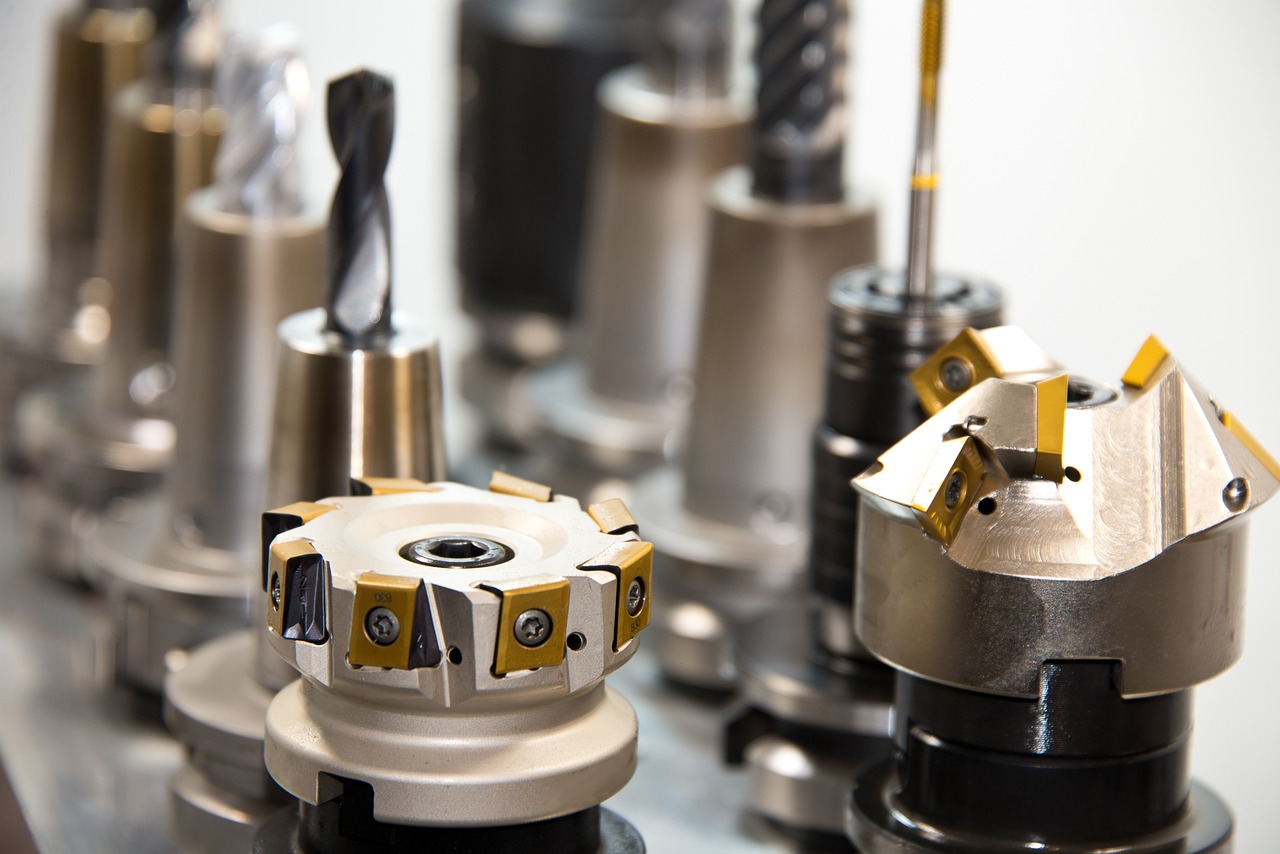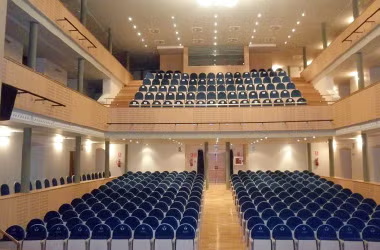Aluminum composite wall panels are widely used in modern construction for their balance of durability, lightweight properties, and aesthetic versatility. They consist of two thin aluminum sheets bonded to a core material, creating a strong, rigid panel suitable for both interior and exterior applications. These panels offer excellent dimensional stability and a sleek finish, making them a practical choice for cladding, façades, and decorative walls.
The material’s design flexibility allows architects and builders to achieve a variety of looks, from smooth metal finishes to textured or patterned surfaces. Additionally, aluminum composite panels meet strict performance and safety standards, including fire resistance, which enhances their appeal in commercial and residential projects. Their ease of installation and low maintenance further support their growing use in construction.
Overview of Aluminum Composite Wall Panels
Aluminum composite wall panels are engineered construction materials designed for durability, lightweight performance, and aesthetic flexibility. They are widely used in modern architecture for cladding, insulation, and decorative purposes.
Construction and Composition
Aluminum composite wall panel consists of two thin aluminum sheets bonded to a core material. The aluminum layers are typically 0.3 to 0.5 millimeters thick, providing strength and corrosion resistance. The core is usually made of fire-retardant mineral material or polyethylene, depending on safety requirements.
This sandwich structure offers stability, impact resistance, and a smooth surface ideal for painting or coating. The panels are light compared to solid metal sheets, which simplifies installation and reduces structural load.
Key Features and Advantages
Aluminum composite panels combine durability with design flexibility. They resist weather, moisture, and UV radiation, making them suitable for exterior applications. The panels are also fire-resistant when equipped with mineral cores, enhancing building safety.
The materials allow for easy fabrication, including cutting, drilling, and bending without cracking. Additionally, they offer excellent flatness and a consistent surface finish, important for architectural aesthetics. Maintenance requirements are low, with surface cleaning typically sufficient to preserve appearance.
Types and Classifications
Aluminum composite wall panels are classified mainly by core material and surface finish. Core types include fire-retardant mineral core, polyethylene core, and fire-resistant variants meeting specific codes. Surface finishes vary from PVDF coatings to polyester paints, offering different colors and textures.
Panels can also be solid or perforated, the latter used for ventilation or acoustic purposes. Size and thickness vary with project requirements, but standard thicknesses range from 3mm to 6mm. Selection depends on budget, safety codes, and design goals.
Applications and Installation Methods
Aluminum composite wall panels are valued for their versatility across various building types. They offer both functional and aesthetic benefits, applied in multiple environments. Installation techniques focus on durability, ease, and ensuring panels perform well over time.
Commercial and Residential Uses
These panels are widely used in commercial buildings such as office towers, shopping centers, and hospitals. Their lightweight and durable nature enables large-scale facade cladding that resists weather and pollution.
In residential settings, aluminum composite panels are favored for modern exterior walls and decorative elements. They provide a clean, durable finish that holds up against the elements while requiring minimal maintenance.
Their flexibility allows integration with many architectural designs. They are also suitable for interior wall partitions and ceilings, where aesthetics and fire resistance are priorities.
Installation Process Overview
The installation begins with preparing the surface and ensuring a structural framework is in place. Commonly, a hanging or mechanical fastening method is used, attaching panels securely to the substructure.
Panels are cut to size and aligned accurately to create a seamless look. Sealants and gaskets prevent water infiltration while allowing for thermal expansion.
Technicians must follow manufacturer guidelines for fixing details and joint spacing to maintain panel integrity. Proper fastening reduces risks of panel deformation or detachment over time.
Maintenance and Longevity
Maintenance primarily involves periodic cleaning to remove dirt and pollutants. Mild detergents and water are typically sufficient, avoiding abrasive materials that could damage the panel surface.
Inspection of sealants and joints is essential to prevent moisture penetration that can degrade panel performance. Damaged sections should be repaired or replaced promptly to preserve structural and visual quality.
When installed and maintained correctly, aluminum composite panels can last several decades without significant deterioration. Their resistance to corrosion and UV rays contributes to their long service life.



Leave a Reply